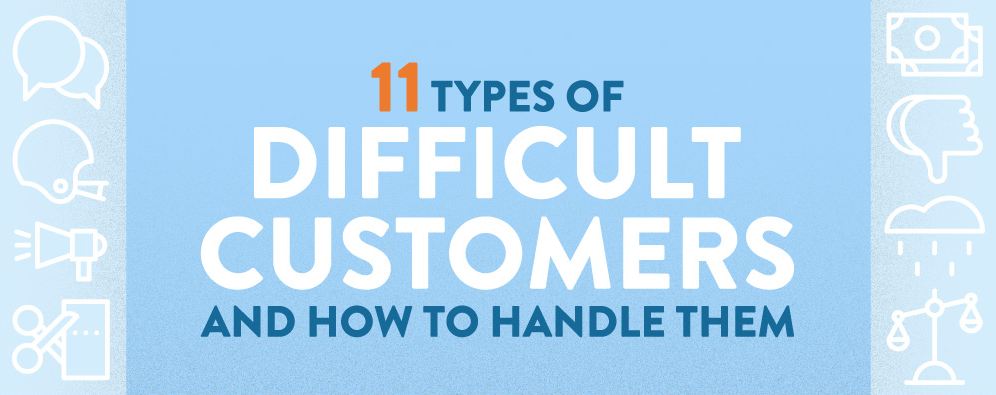Create brand loyalty through ease of use
An often quoted and now legendary study from the Harvard Business Review (HBR) led with the provocative headline “Stop Trying to Delight Your Customers.” The thesis of the study is that companies are wasting large swaths of time expending energy on providing “exceptional service.”
While it may seem counter-intuitive, the large-scale research from 2010 (looking at over 75k customers) came to this startling conclusion: above-and-beyond service does very little to assure customer loyalty to a brand. Instead, the researchers suggest that focusing on ease of use will more effectively drive customers to stay with a particular company.
As much as marketing departments contend that the key to service is customer relationships, the truth may not be that simple. Many automated consumer portals have been developed that provide ways to avoid human contact in transactions, including self-service grocery lanes and digital kiosks. The new Amazon grocery store has done away with cashiers entirely, and it’s likely only a matter of time before all of Whole Foods will follow suit.
This demonstrates (as another HBR article from 2017 contends) in actuality, your customers may not want a relationship with you on an individual level. And that should be okay with you as it is much more cost effective to help consumers find their own solutions. The article points to the metric that almost 60% of inbound customer calls come from people who have already tried to use a website to address their issue. Imagine how much time and money you could save if your site were more intuitive.
When are customers most frustrated?
Metrics show that most frustrations in customers stem from forcing them to contend with multiple contacts. It generally means:
- Having to re-explain their issue
- being transferred to more than one representative
- contacting a company more than once about an issue
- switching from the web to the phone
These are stressors that drive customer churn as they look for a more convenient service.
How to help your customers become loyal through ease of use:
Look toward automated portals:
- You may have some initial grumbling and teething troubles as your customers get used to the more digital version of your service. However, a customer that is accustomed to your automation will be more loyal.
Use the data you receive from disgruntled or frustrated patrons:
- Most companies employ a post transactional survey, but what is done with that data? After collecting, consider what a frustrated customer may have said that could be addressed on your website.
Fix and update your FAQs page:
- You may have a page of frequently asked questions that you brainstormed in beta testing, but have you considered updating it in relation to service calls that you regularly receive? Companies report lowered call volume after an FAQ refresh.
Avoid service options that make things more difficult:
- For example, if a customer were to ask for assistance in a tweet, an automatic response that gives them a customer service phone number provides more work for the consumer. This is more liable to move them toward breaking ties with your company than if you found a way they could resolve the issue online.
Use click-navigation whenever possible:
- The idea is to create a user experience that hones down a person’s issues to a set of easy steps. Basically, this is like creating an online flow chart to help your customers.
Are you even measuring ease of use?
The metric known as Customer Effort Score (CES) is a common way that companies assess how much work their customers undergo. Finding creative ways of lowering this score may be the most important investment your company can make.
The score is assessed by a single survey question such as:
“Please rate how much you agree with the following statement:
It was easy to resolve my issue
This is followed by a series of options ranking from strongly agree to strongly disagree.
This simple step will allow you to see if methods you are using to address ease of use are working.
How do you know how to cater your site to your customers?
User Experience (UX) designers would say that the best way learn to intuitively serve your customers (and reduce their effort) is to create personas of your most common users and walk them through your protocols.
In addition, it might be best to consider how your most difficult customers would react when faced with your ease of use strategies and adjust your methods accordingly. Below, Fundera looked at 11 different archetypical “difficult” customer types.
If you are looking for a way to start, use these as a basis for beginning your research into personas. This will help you to consider ways to alleviate the common issues that so many of us face when developing ease of use initiatives.


